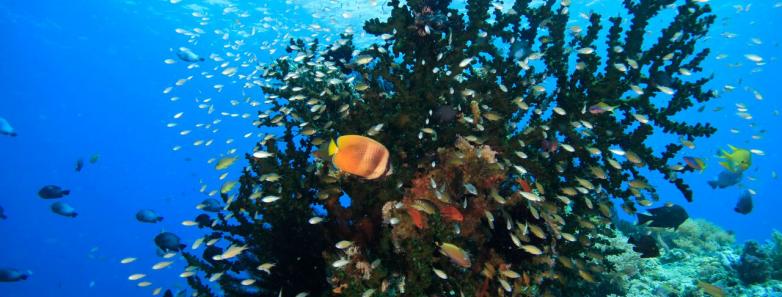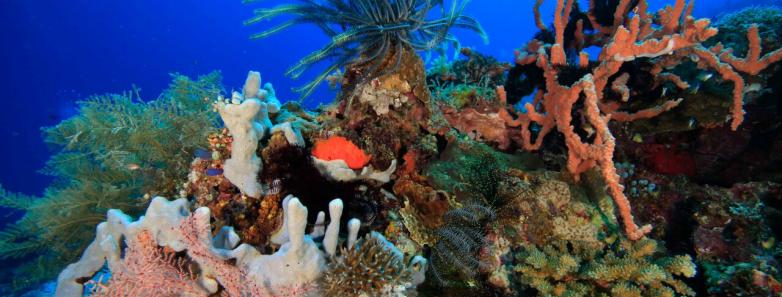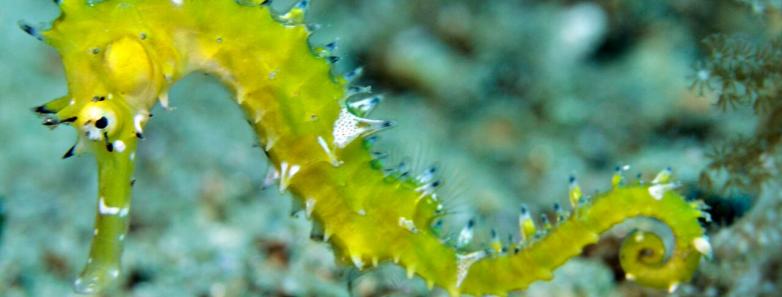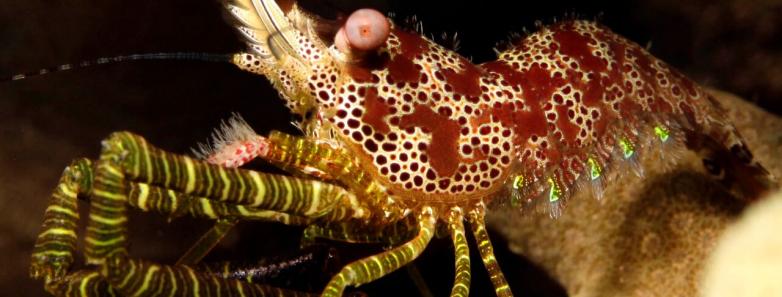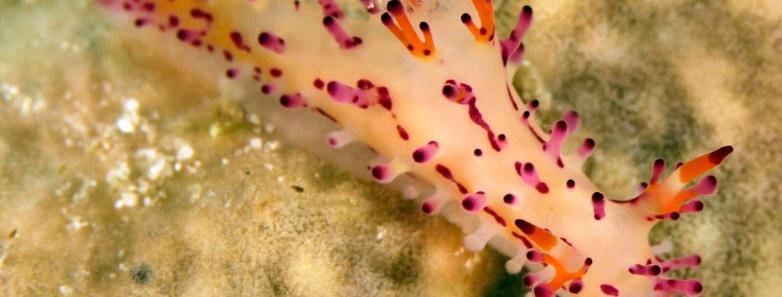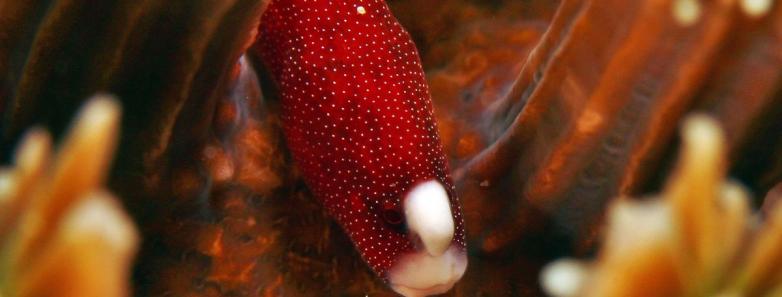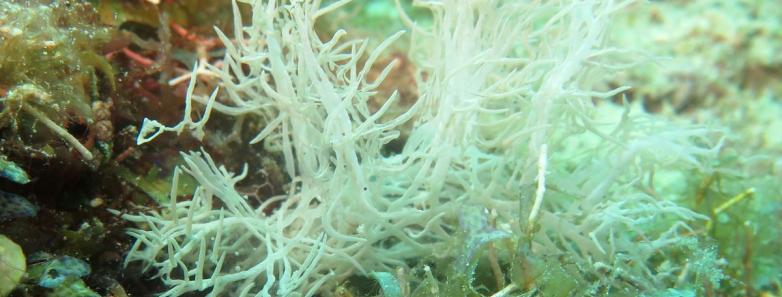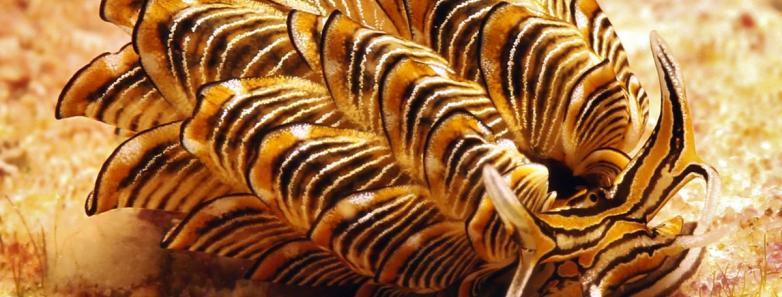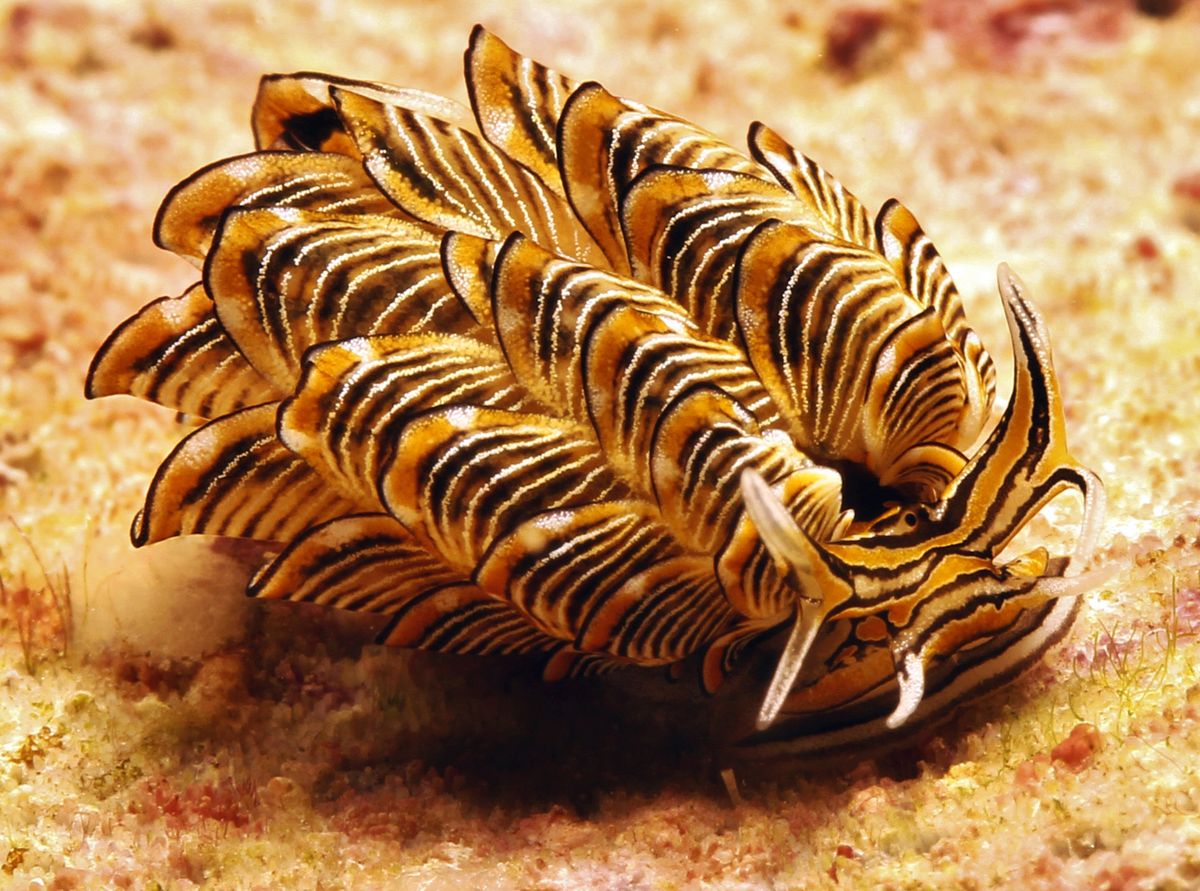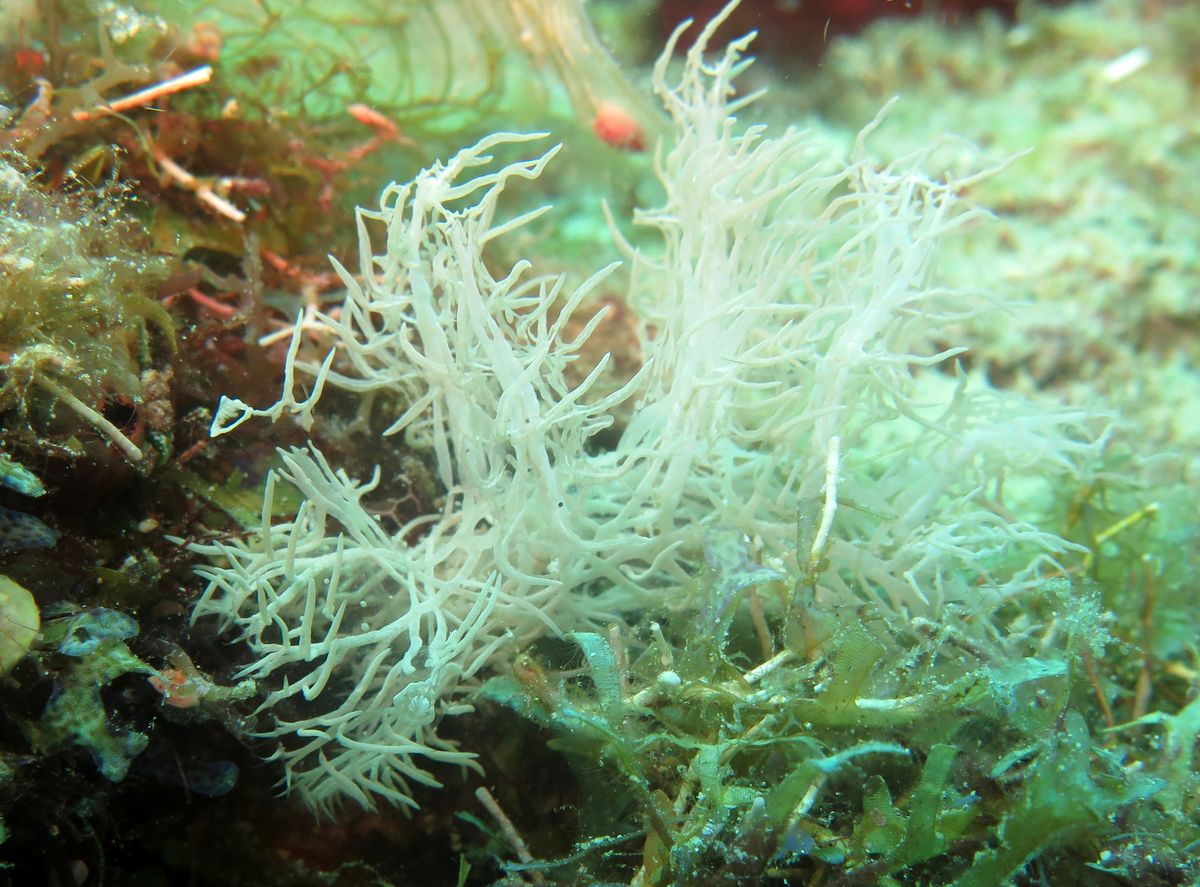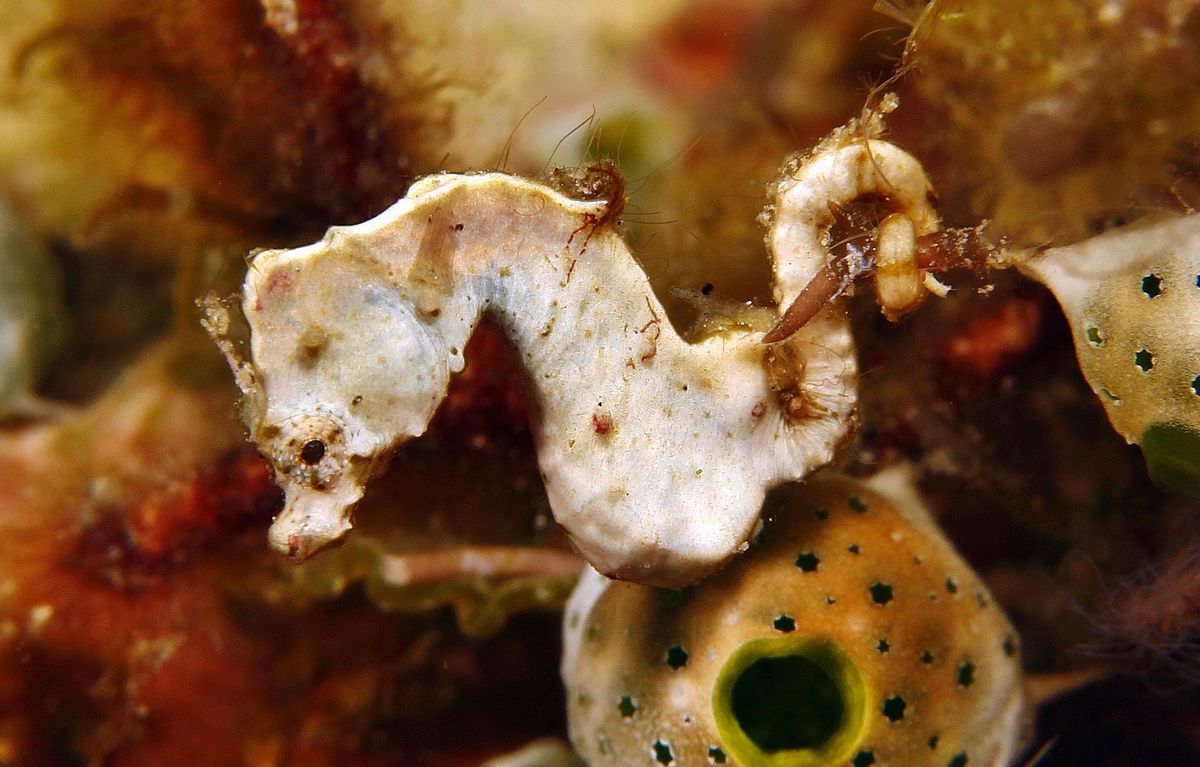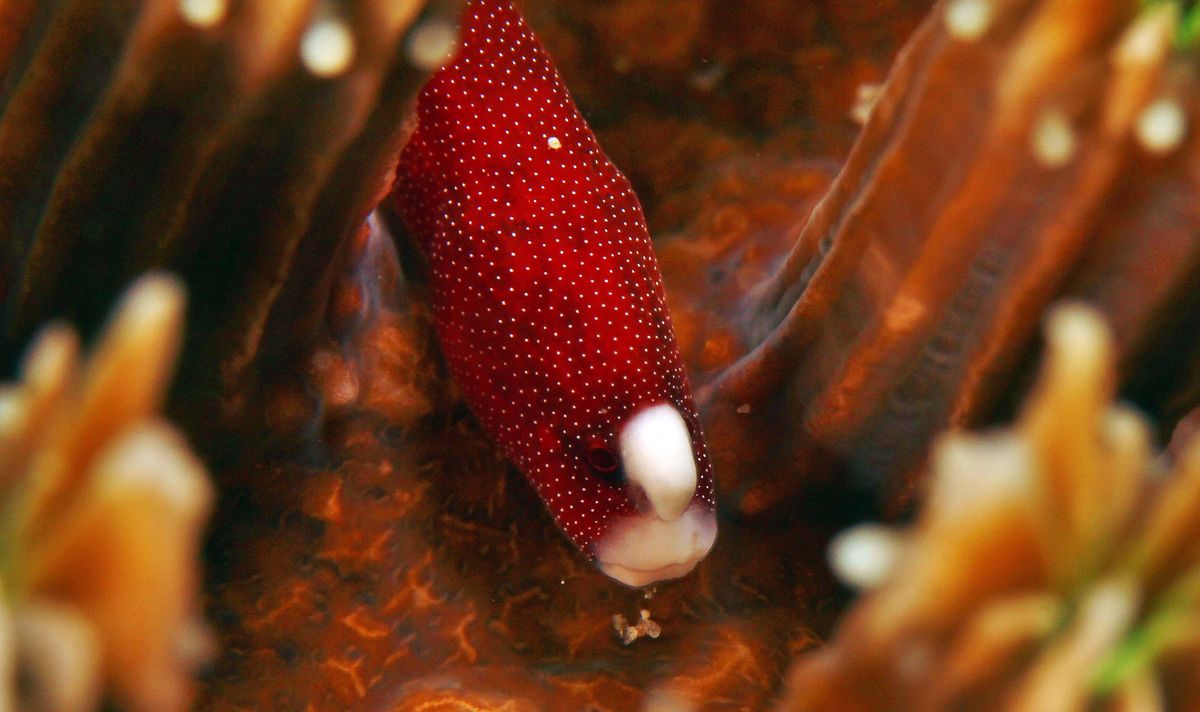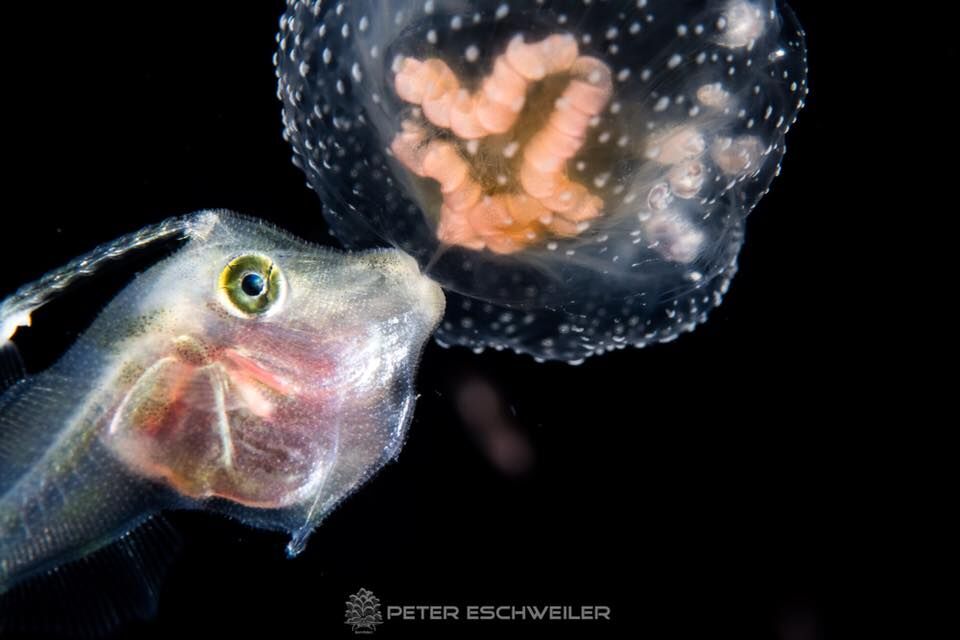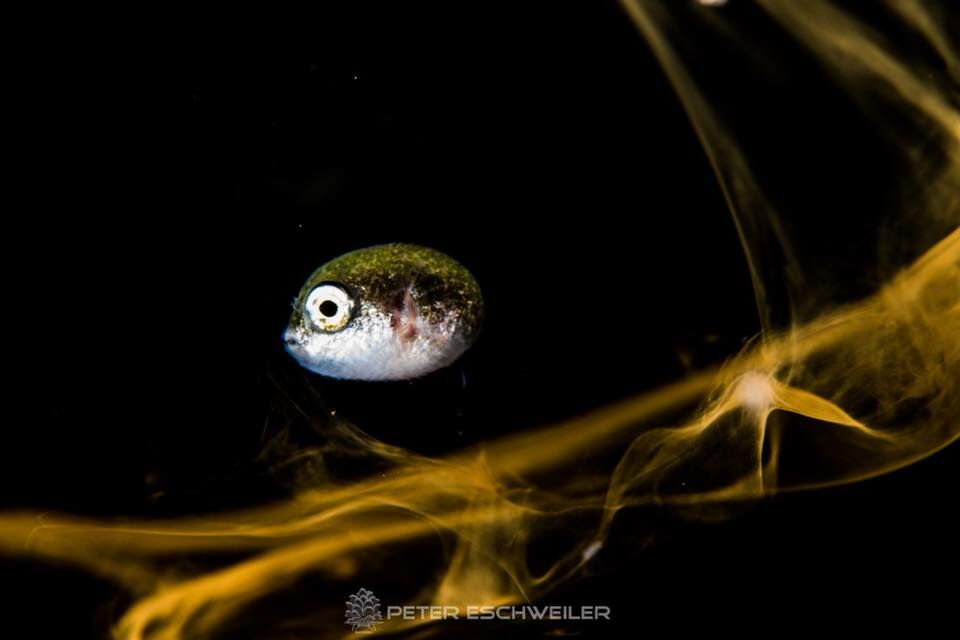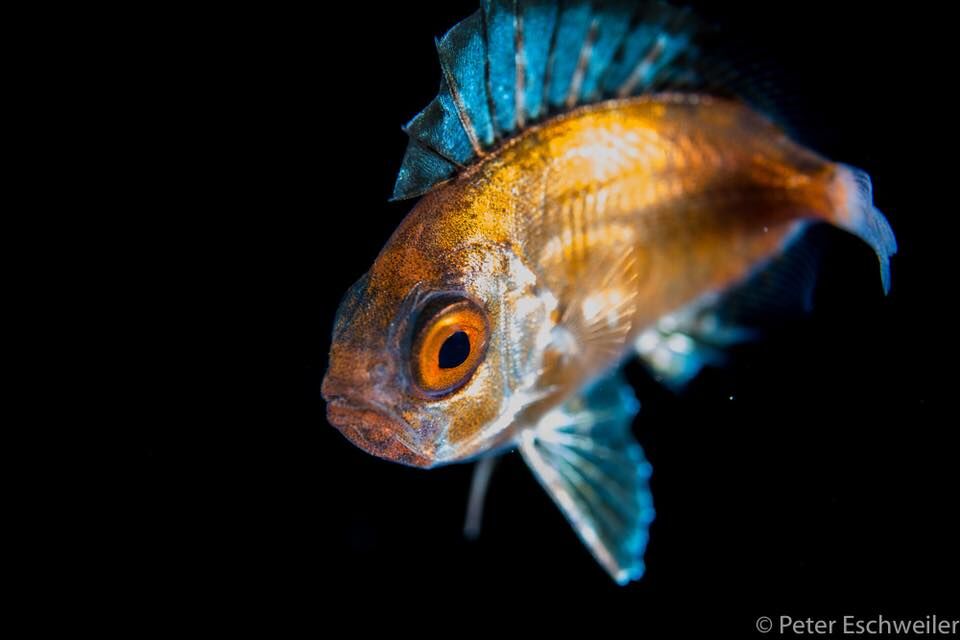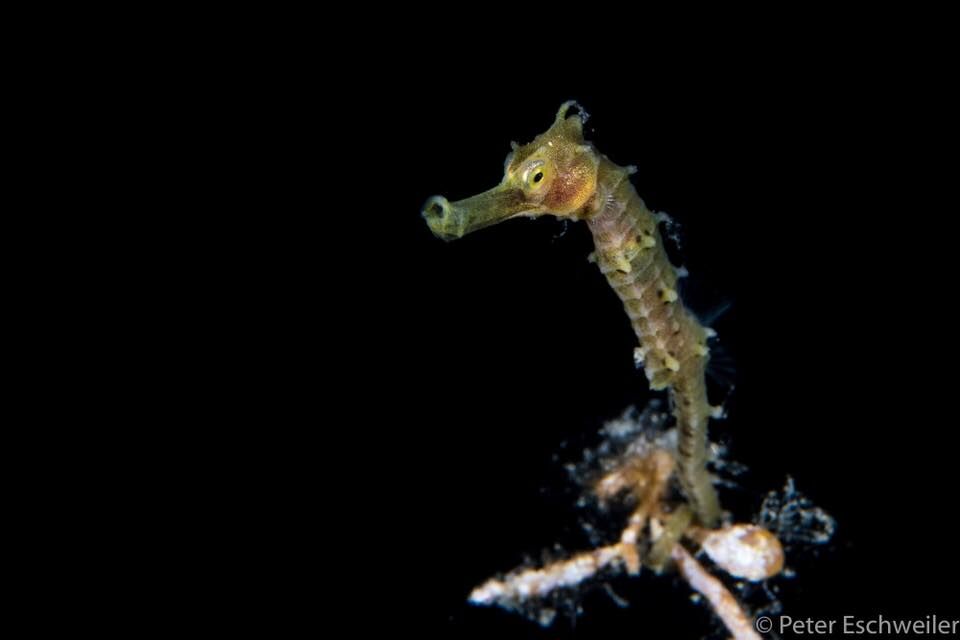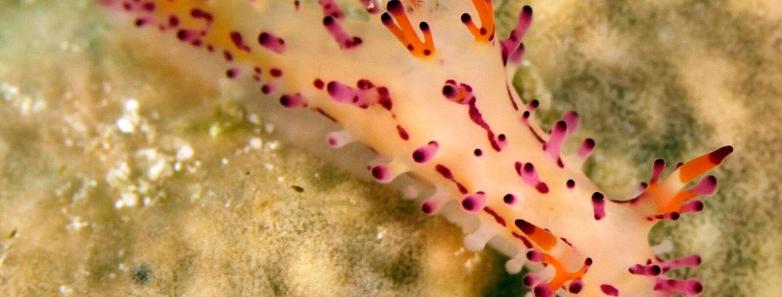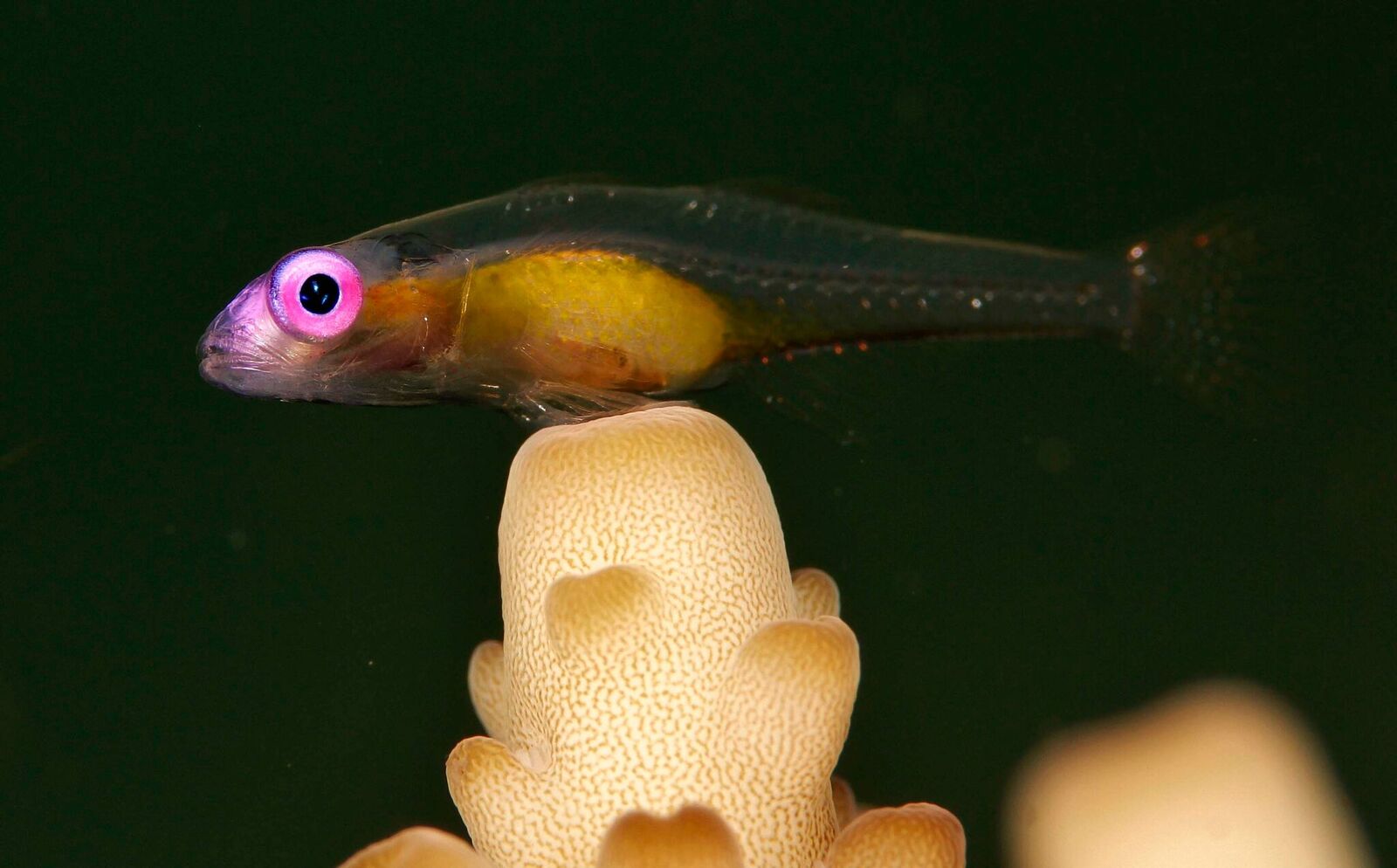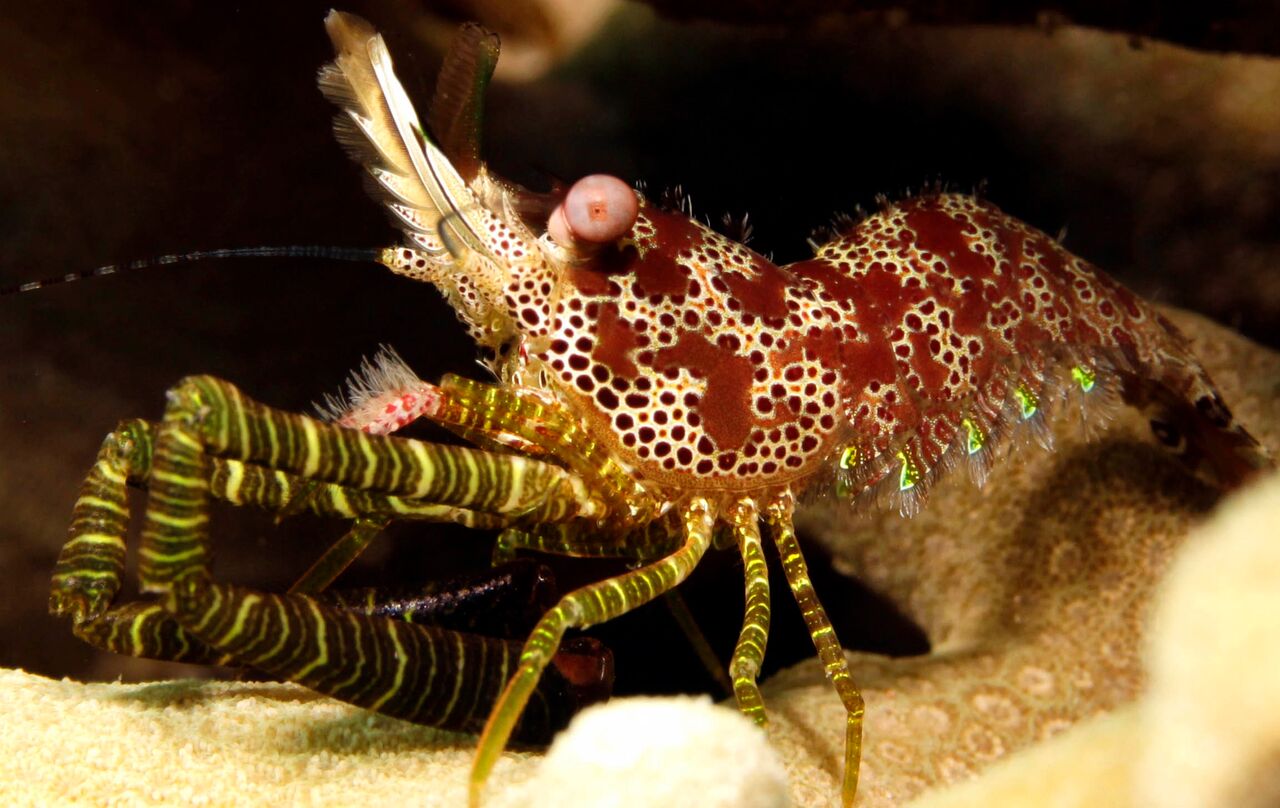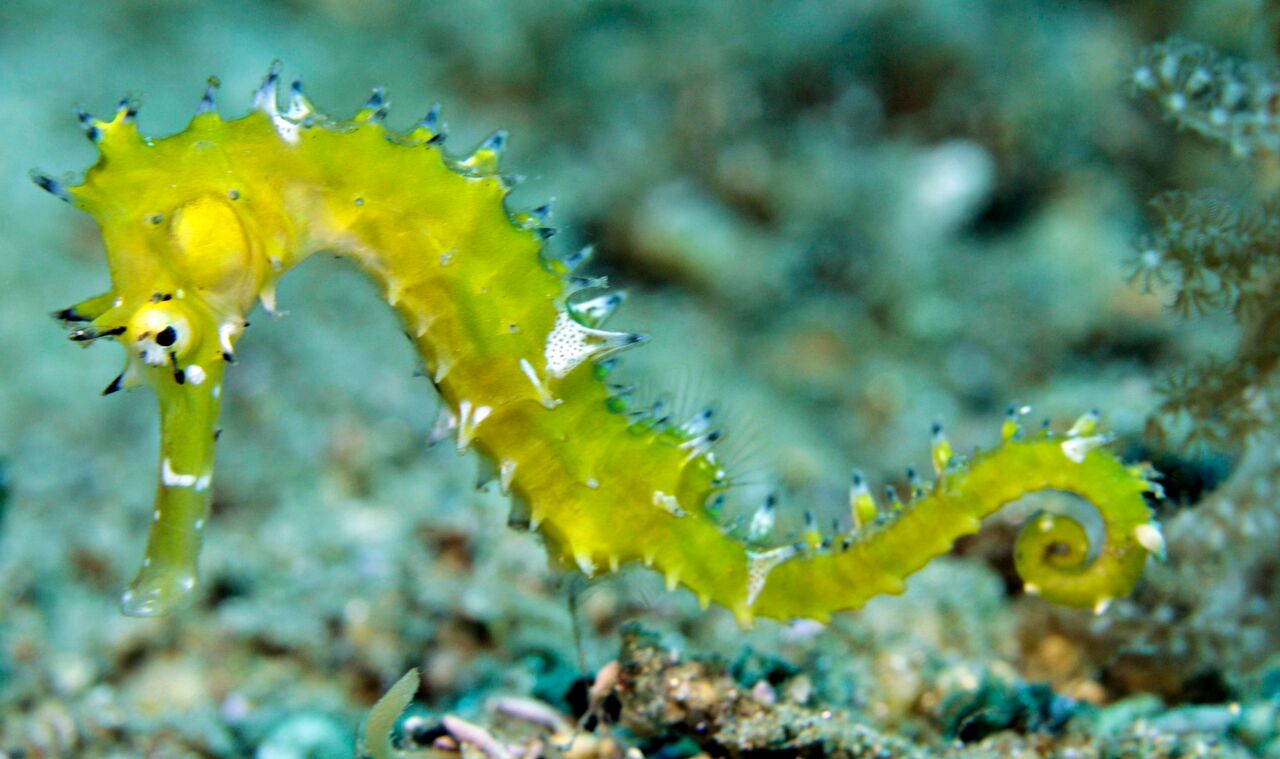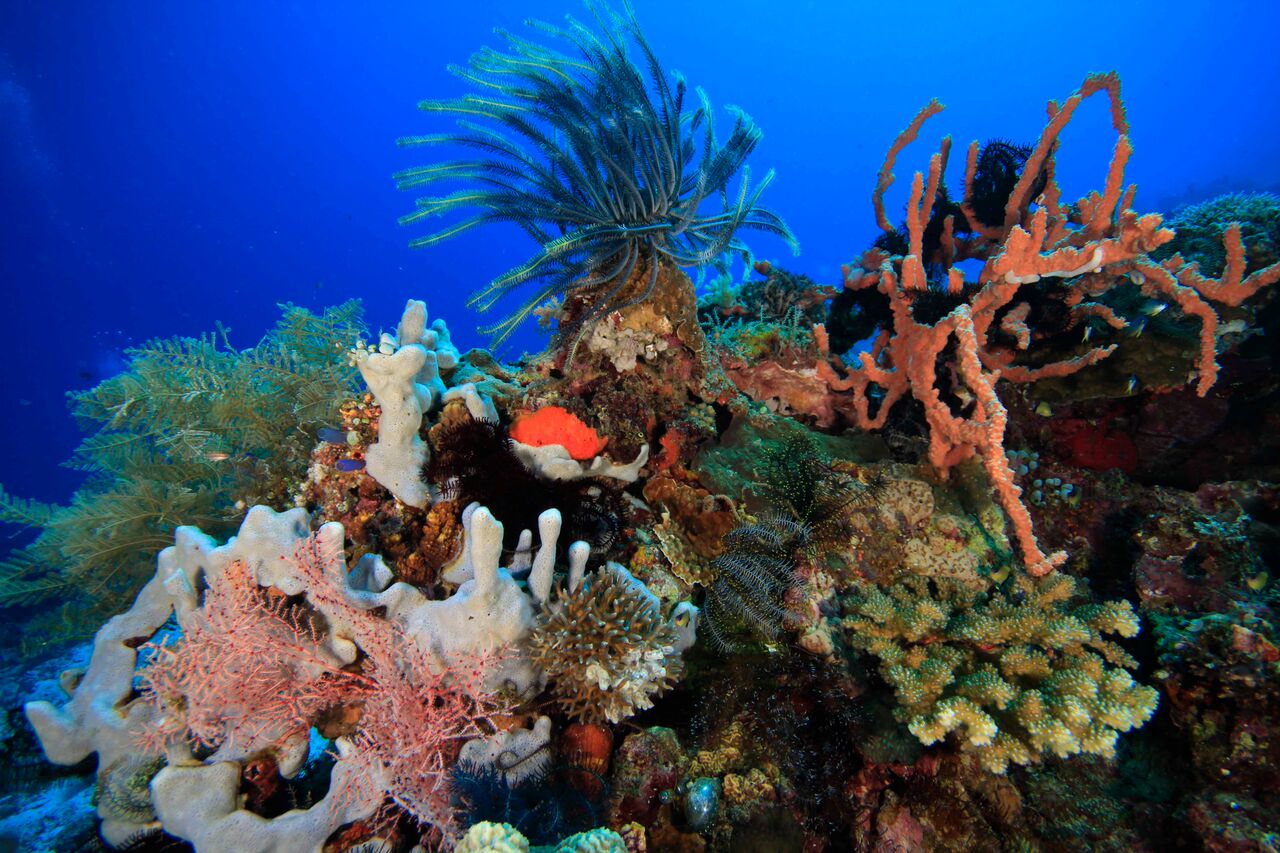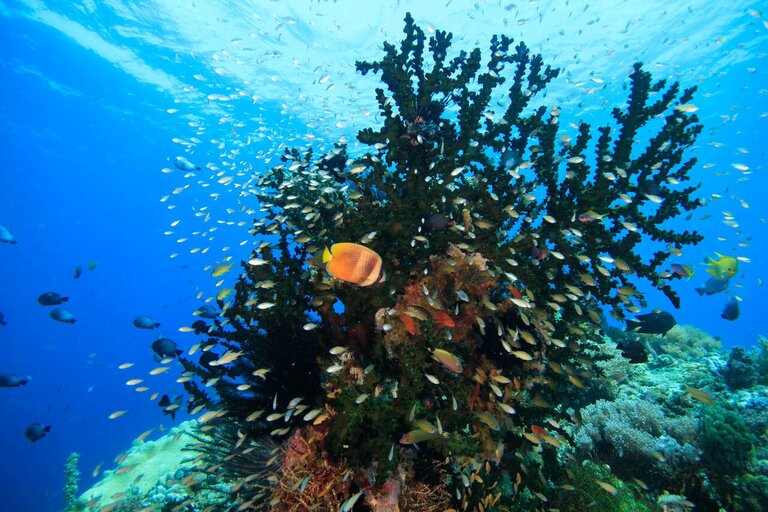Scuba Diving in Romblon, Philippines
ROmblon diving highlights
Romblon is the perfect dive destination for fans of rare macro and super macro critters, underwater macro and super macro photographers but also divers, who enjoy scuba diving in untouched dive sites. For divers, it is one of the Philippines' best-kept secrets. It may be a little hard to get to, but every second spent in Romblon's marvelous waters is well worth it!
Since Romblon is found at the tip of Verde Island Passage, known in the scientific community as the 'center of the center of marine biodiversity', Romblon's waters are incredibly rich in marine life.
Jump to:
Marine Life - Best Dive Sites - Best Time to Dive - Diving Conditions
How to Get There - Where to Stay - Practical Information - Book a Trip
*All videos and photos courtesy of The Three P Holiday & Dive Resort
INtro To Romblon
Check out this great video to learn more about diving in Romblon.
ROMBLON DIVE OVERVIEW
Romblon is the perfect dive destination for fans of rare macro and super macro critters, underwater macro and super macro photographers but also divers, who enjoy scuba diving in untouched dive sites. Our dive spots in Romblon are highly diverse. From hard coral formations, soft coral gardens, caves, and cliffs with large Gorgonias to sand/muck and colorful shallow water dive sites. In Romblon, fans of rare marine life will have plenty to discover as the Philippines are one of the most diverse areas of marine biodiversity (Heart of the Coral Triangle and Biodiversity Hotspot).
Divers can enjoy various underwater landscapes often without any other divers around and will find in Romblon a serene underwater haven.
Most dive sites are suitable for all levels of experience. We dive in small groups all year round, every day of the week (except Ati-Atihan/Biniray Festival, first or second Saturday in January). Water temperatures are usually between 26 °C and 30°C. The sight distance underwater is usually at least 20 meters (65 feet).
Best dive sites in ROMBLON
- The House Reef - The house reef can be entered directly from the beach of the Three P Holiday & Dive Resort. This dive site is characterized by sandy areas, seagrass, and large overgrown blocks. You can observe a variety of marine species including rare tiger shrimp, mandarin fish, and marble shrimps. This site is also suitable for snorkeling and perfect for night diving. This spot is a great macro and super macro dive site.
- Blue Hole - located in near the coast of Punta Gorda in Tablas Island. Divers can reach the hole's opening at 60 feet. The hole has a sandy bottom. Divers are warned to be careful in this area, particularly during the times when there is a current inside the hole, as it could cause a sudden ascent to the surface.
- Agnay Fish Sanctuary - This marine sanctuary is located in a sheltered bay near the village Agnay. A large part of the reef is formed by dome-shaped Acropora corals, which give the dive spot its distinctive character. Especially during the early morning hours, you can find lots of different fish including large shoals, eagle rays, and sharks.
- Lonos Marine Sanctuary - This sanctuary is located in a bay near Tiamban Beach in Lonos. It was created especially for the protection of giant clams (Tridacna gigas). You can find some interesting critters here like white Ornate ghost pipefish, spindle cowrie, crustaceans and lots of nudibranchs.
- The Rope - Here you can find some rare critters like Stiliger sp., Costasiella sp., colorful skeleton shrimp, mimic octopus, velvet fish, and some extraordinary nudibranchs
- Bangug Island - Bangug is a small island in the vicinity of Bonbon Beach. You can find lots of soft corals and overgrown rocks along a steep slope. This dive site is a good location for finding rare Severnsi Pontohi pygmy seahorses as well as several species of Hairy Shrimp and Algae Shrimp (Phycocaris spp.).
- Bonbon Sea Grass Valley - Here you can find a wide seagrass meadow and scattered large blocks covered in corals. Bonbon Sea Grass Valley is a habitat for a variety of some very interesting marine species.
- Bonbon Beach - This dive spot meets every diver’s expectation. Between the many coral species, you can find lots of different marine species. This spot is also well suited for night dives and snorkeling.
- Bonbon Fan Coral Collection - This deep dive site is characterized by fields of very large fan corals. Here you can find a very special and interesting fauna like pygmy seahorses, many nudibranch species, colorful cowries, and some rare crustaceans.
- Lunas - At the muddy sediments of this muck dive sites you can discover lots of rare critters like Wunderpus, Flamboyant Cuttlefish, Bluering Octopus, Sawblade shrimps, Bobbit worms and many more.
- Staghorn Corazon - This dive site is named after the many beautiful staghorn coral formations. Here you will find many different crustaceans, nudibranchs, and coral-associated fish species.
- Treasure’s Dream - This dive site near the Bay of Romblon is rich in marine species, especially in shallow waters.
- Magnificat - At this spot, you might meet a current that brings you across large gorgonians and colorful stone corals. Here you can spot Denise and Bargibanti Pygmy seahorses, colorful nudibranchs and beautiful scorpionfish.
- Mapula - At this slope, you can observe sea turtles on a regular base. In the muddy sediments, you can also find some colorful nudibranchs, small frogfish and many crustaceans. A highlight of this dive site is the Lembeh Sea Dragon (Kyonemichthys rumengani).
- San Pedro Turtle Sanctuary - The wall at the San Pedro Sanctuary is known for its large sea turtles. It is also a habitat of sea snakes, Eagle rays and swarm fish. The sanctuary is not only suitable for scuba diving but also for snorkeling.
- St. Joseph - Along this exposed cliff you will meet a gentle current and a special coral society, including many species of Zoanthids. Below the wall on a sandy area, there is a large colony of garden eels. You can find big lobsters, rare crustaceans and lots of nudibranch species here.
- Palje - This dive site can be characterized by its very fine sediment (muck diving). Here you can discover rare critters like the Severnsi and Pontohi pygmy seahorse, lots of nudibranchs and other marine creatures.
- Agpanabat Fish Sanctuary - This dive spot is characterized by a landscape of high coral towers that are located in between sandy areas. Besides different schooling fish, you can observe a variety of marine life.
- Agpanabat Caves & Canyons Marine Sanctuary - In this place you find a unique landscape of steep walls, overhangs, caves and gorges. The craggy rock formations make Agpanabat a unique scuba diving experience.
BEST TIME TO DIVE
While Romblon can be dived the whole year round, the best time to dive is between October and June, due to the rainy season between July and September. Diving is still possible during the rainy season, but visibility will not be nearly as good.
For a good off the beaten path destination between April and November, consider Borneo.
A word for the wise, during the second week of January, is the Biniray Festival of Romblon, a Catholic feast that many people flock to, making the island crowded with much more tourists than usual.
Diving Conditions
- Visibility: 20 meters (around 65 feet)
- Good for snorkeling: Yes.
- Required Skill Level: There's something for every diver in Romblon's waters.
- Water temperature: Usually between 26°C to 30°C (78°F to 86°F).
Romblon Travel Information
How to Get to ROMBLON
Guests fly into Ninoy Aquino International Airport in Manila (MNL), the Philippines' capital. From Manila, they take another one-hour flight via Cebu Pacific Air to Tablas Airport (TBH). From there, they can take a ferry to Romblon.
Alternatively, guests can also fly in from Roxas, Kalibo, Boracay, Anilao or Cebu Ormoc to Tablas Airport, or take an overnight ferry from Manila to Tablas and then another ferry to Romblon.
How to Dive ROMBLON
There are a number of excellent dive resorts in Romblon, such as The Three P Holiday & Dive Resort or Sunset Cove Beach & Dive Resort. From the resort of your choice, you will take short boat rides to your preferred diving spots.
Other Things to do In Romblon
Romblon, like many places in the Philippines, has a rich history, which guests will see when they visit the 17th century Spanish Fortress, Fort San Andres. Nature lovers can visit the island's turtle sanctuaries, Libtong Falls, Alad Cave or go island-hopping. Adventurers can go looking for the Hidden Sea (Tinagong Dagat) a natural lagoon on one of the islands that serves as a hot spring.
Bluewater Travel can book you a resort or liveaboard for your dive trip to Romblon, and almost every scuba diving destination you can think of at the same price or even less than booking any other way! Our team of travel advisors knows the boats, diving, and logistics better than anyone else in the industry.
Please contact us for the latest availability of the Infiniti or for when the Seadoors will be diving in Leyte.
Other Useful Information
Practical Information
- Currency: Philippine Peso (PHP)
- Electricity: The standard voltage is 220 V and the frequency is 60 Hz.
- Vaccines: Please check the CDC website for updated information on vaccines, health concerns, etc. It is recommended that you are up to date with Typhoid, Tetanus/Diphtheria, Hepatitis and Polio for any trip to the tropics.
- Visa: US citizens may enter the Philippines for purposes of tourism without a visa if they present a valid U.S. passport and a return ticket to the United States or an onward ticket to another country. Upon your arrival, immigration authorities will stamp an entry visa valid for 30 days on your passport.
- Language: Filipino and English are the official languages in the Philippines
GOT QUESTIONS? READY TO BOOK?
Call us today at +1-310-915-6677 or email us info@bluewaterdivetravel.com
And let us book your dream vacation!
UNDERWATER GALLERY
Some of the special critters in Romblon. All photos are owned by The Three P Holiday & Dive Resort.
Cyerce nigra (Tiger Butterfly Seaslug) & Melibe colemani
Pontohi Pygmy Seahorse & Pughead Pipefish
Blackwater Diving:
More underwater photos:

